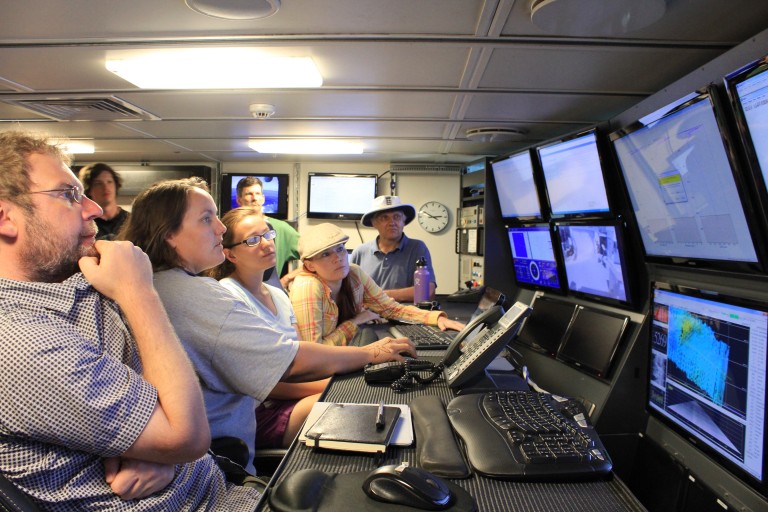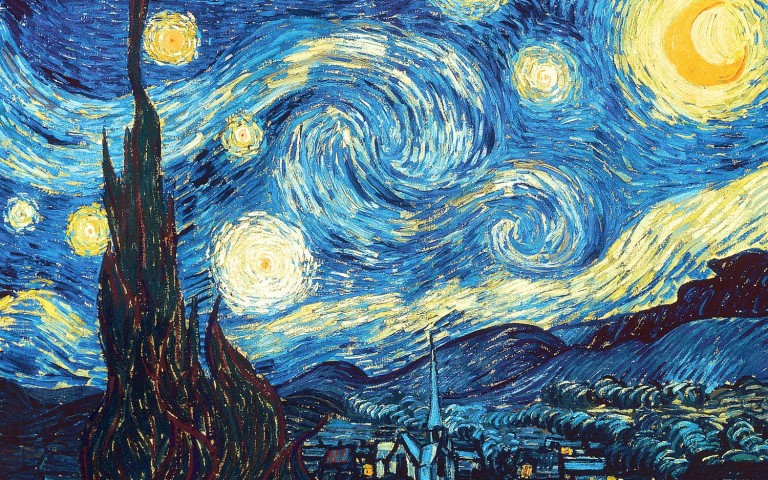
What does Van Gogh’s Starry Night painting, the whirlpool galaxy, and billowy cloud traces all have in common? The answer is visual representations of fluid motion, something which is very difficult to see in water. However, over the next few weeks the scientists on board Falkor will try to do this exact thing, understand small scale mixing in the ocean.
Crossing the line
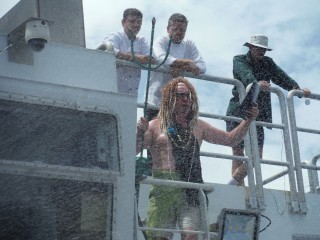
After four days of transit across the central equatorial Pacific, Falkor has now arrived at its first sampling station, 4 degrees North and 167 degrees West. This trip is momentous, as Falkor traversed the international dateline on route to our starting station. For those unfamiliar with sea traditions, this is a rite of passage, and typically commemorated with a secret ceremony. The tradition may have originated as a way to boost morale on long journeys, or to test for seasoned sailors, ensuring that they were capable of handling long times at sea. After crossing the line, “slimy pollywogs” transform magically into “trusty Shellbacks” with the help of King Neptune and Davey Jones himself. Luckily, they both decided to pay Falkor a visit.
Let the real work begin
Now that all of the crew and scientists on Falkor are “trusty shellbacks”, they are ready to do some science. From the preselected starting point, the crew and science party gather on the aft deck to deploy the CTD Rosette. This instrument will collect information at depths down to about 500 meters, painting a picture of the temperature and salinity of the unknown waters below. Dr. Kelvin Richards and his team are interested in vertical mixing, so being able to get a water profile along various depths is important.
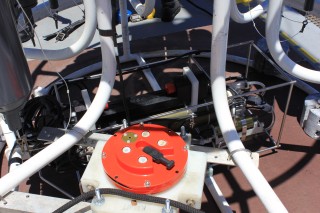
Once the CTD is completed, the team will then release the Vertical Microstructure Profiler (VMP), an instrument that measures temperature, salt content, and shear. The plan is to travel along a line conducting the same measurements every half degree. The short three hour transit in between sampling gives the scientists just enough time to download the data for processing. This transect line will continue on for the next few days. Once this is completed Falkor will go on station and conduct a time series for nine days. Like clockwork, samples will be collected every three hours using the CTD and VMP, offering a round the clock view of the changes occurring in the water column.
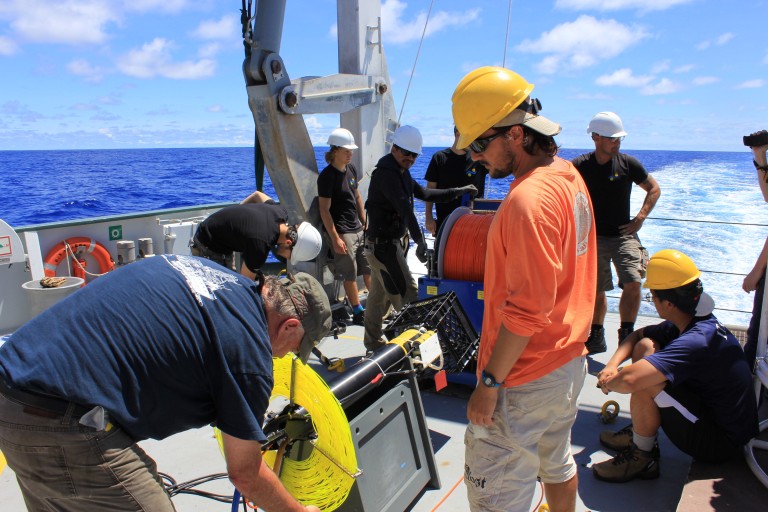
Modeling El Niño
The data collected over the next two weeks will give scientists on board their first view of small scale turbulence in this region. This information is important as it will contribute to the understanding of how the ocean moves and releases heat, which in turn, will provide a better understanding of El Niño Southern Oscillations (ENSO). These flow structures are not resolved by conventional measurements nor included in climate models. Most of the current models do not paint as accurate of a picture as they could, but, by collecting more mixing data the models accuracy will improve.
As a bonus, we are currently in El Niño conditions, and during periods of El Niño extra mixing might be observed. Including the impact of small vertical scale mixing in climate models has been shown to produce large changes to the mean state of the system, as well as ENSO variability. This sensitivity to small-scale mixing means we need more knowledge about mixing activity and its impact on large ocean processes to improve the representation in these climate models. And so far, we are off to a good start.
